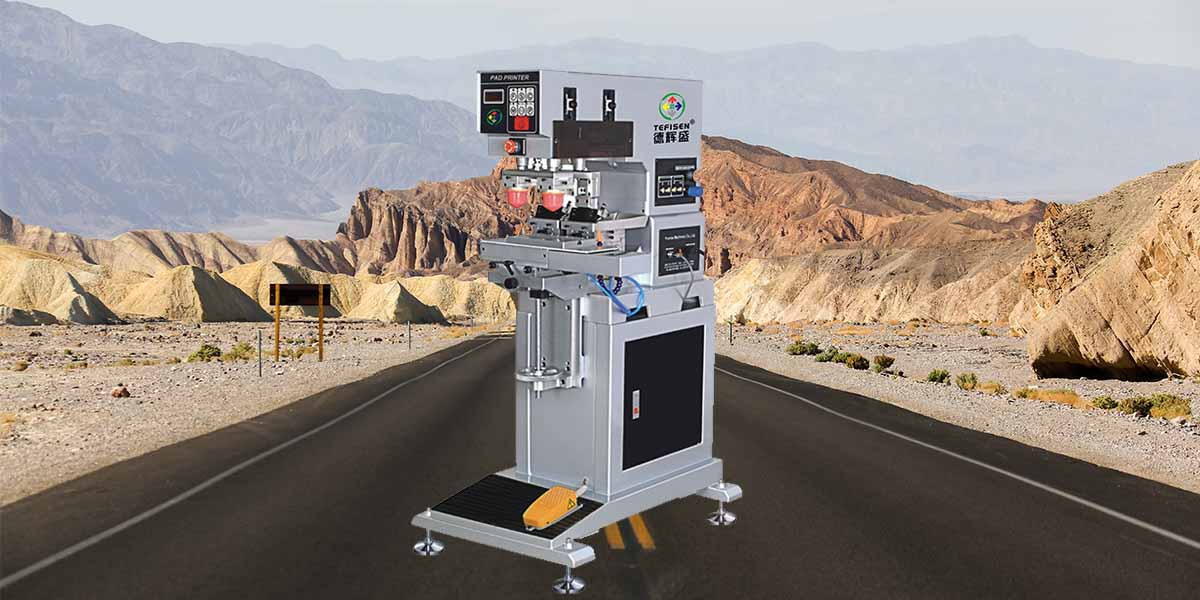Pad Printing Solutions: Troubleshooting Automatic Printing Failures
As an essential piece of equipment in the modern printing industry, the stability and efficiency of pad printing machines directly impact the quality and productivity of products. However, during use, issues such as the pad printing machine failing to automatically perform the printing action may arise, affecting production efficiency and potentially the product quality. Below, we will analyze the possible reasons for the pad printing machine's inability to automatically print and propose corresponding pad printing solutions from six key points.

I. Check the Pneumatic System
The pneumatic system is the foundation for the normal operation of the pad printing machine, providing stable power to the print head. If the air pressure is insufficient, the print head cannot obtain enough power to execute the printing action. Here are some pad printing solutions for pneumatic system issues:
1. Insufficient air pressure: Check the reading on the air pressure gauge to ensure it is within the normal range specified by the equipment. If the air pressure is insufficient, adjust the air pressure regulator to increase the pressure. Also, ensure the air source is stable to prevent pressure fluctuations due to air source issues.
2. Blocked pneumatic pipelines: Impurities or oil stains in the pneumatic pipelines may cause blockages, affecting air pressure transmission. Therefore, regularly clean the pneumatic pipelines to ensure they are unobstructed. If a blockage is found, use compressed air or a special cleaning agent to clear it.
II. Check Mechanical Components
The mechanical components of the pad printing machine are crucial for its normal operation. If mechanical components fail, the print head cannot move normally, affecting the execution of the printing action. Here are some pad printing solutions for mechanical component issues:
1. Faulty transmission belt: The transmission belt is an important component connecting the motor and the print head. If the transmission belt breaks or loosens, it will cause the print head to fail to move normally. Therefore, regularly check the wear condition of the transmission belt and replace severely worn belts in time. Also, ensure the tension of the transmission belt is moderate to avoid damage due to excessive tightness or looseness.
2. Damaged reducer: The reducer is one of the essential components of the pad printing machine, responsible for reducing the motor's rotation speed to a suitable range for the print head's movement. If the reducer is damaged, it will cause abnormal movement speed of the print head, affecting the execution of the printing action. Therefore, regularly check the reducer's operation and replace or repair it promptly if abnormalities are found.
3. Rail issues: Whether there are foreign objects or damage on the rail where the print head moves will also affect its movement. Therefore, regularly check the cleanliness and integrity of the rail, promptly clearing foreign objects and repairing damaged rails.
III. Sensors and Control System
The printing action of the pad printing machine is usually controlled by sensors. If the sensor fails or the control system malfunctions, it will cause the print head to fail to automatically print. Here are some pad printing solutions for sensor and control system issues:
1. Sensor failure: Regularly check the sensor's working status to ensure it can accurately perceive the position and status of the print head. Replace or repair the sensor promptly if a failure is found.
2. Control circuit issues: The control circuit is the core part of the pad printing machine's control system. If the control circuit malfunctions, the entire control system will fail. Therefore, regularly check the connection and component status of the control circuit and promptly repair any abnormalities.
IV. Ink and Printing Plate
The status of the ink and printing plate will also affect the printing action of the pad printing machine. If the ink is insufficient or dried out, the printing plate cannot print normally; if the printing plate is damaged or severely worn, it will also affect the printing effect. Here are some pad printing solutions for ink and printing plate issues:
1. Insufficient or dried-out ink: Regularly check the ink supply and drying degree to ensure the ink is sufficient and moderately dried. If insufficient or dried-out ink is found, add or replace the ink promptly.
2. Printing plate issues: Regularly check the wear condition and cleanliness of the printing plate, replacing severely worn plates and cleaning dirt on the plate in time. Also, ensure good contact between the printing plate and the printed material to avoid poor printing effects due to poor contact.
V. Operation and Settings
Operators' skills and the equipment's parameter settings will also affect the printing action of the pad printing machine. Here are some pad printing solutions for operation and settings issues:
1. Improper operation: Operators should be familiar with the operation process and precautions of the pad printing machine and operate according to the correct procedures. Regular training should also be provided to operators to improve their operational skills and safety awareness.
2. Incorrect parameter settings: Regularly check whether the parameter settings of the pad printing machine are correct, including printing pressure, speed, etc. Adjust the parameter settings promptly if errors are found.
VI. Maintenance and Care
Regular cleaning, maintenance, and servicing of the pad printing machine are important measures to prevent the occurrence of faults. Here are some pad printing solutions for maintenance and care issues:
1. Cleaning and maintenance:
Regularly clean and maintain the pad printing machine, including clearing dust and oil stains on the surface of the equipment, replacing worn-out parts, etc. This can ensure that the equipment is in good working condition and extend its service life.
2. Regular servicing: Conduct regular maintenance and inspections based on the usage of the equipment. This includes comprehensive inspection and maintenance of the pneumatic system, mechanical parts, control system, etc., to discover and solve problems in time. At the same time, lubricate and tighten the equipment to ensure its stable and safe operation.
In summary, when the pad printing machine fails to automatically print, we can troubleshoot and solve the problem from six aspects: pneumatic system, mechanical parts, sensors and control system, ink and printing plate, operation and settings, as well as maintenance and servicing. By troubleshooting and solving the problems one by one, we can ensure that the pad printing machine returns to normal operation, improving production efficiency and product quality. These pad printing solutions will help maintain the efficiency and reliability of the machine.

